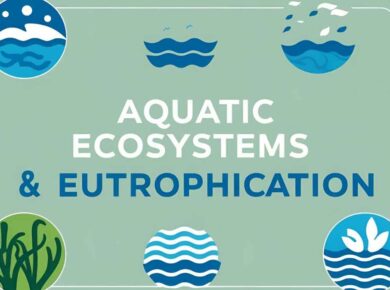Types of Roots & Insectivorous Plants
Taproot
A straight tapering root growing vertically downwards. Forms the center from which subsidiary rootlets spring.
Lateral roots
- Roots that arise from tap root
- Spread laterally to support the tree
- Also known as branch roots
Adventitious roots / fibrous roots
- Roots that are produced from the parts of plant other than the radicle of its axis.
- Radicle is the first part of a seedling to emerge from the seed during the process of germination
- Radicle is the embryonic root of the plant, and grows downward in the soil
Types of Adventitious roots
Buttress roots (stilt roots or prop roots)
- Large roots on all sides of a shallowly rooted tree.
- Typically, they are found in nutrient-poor rainforest soils and do not penetrate to deeper layers.
- Almost all types of mangroves have these types of roots.
- For ex: Silk cotton tree
Prop roots
- An adventitious root that arises from the branches of the tree
- Remain suspended in air till they reach the ground, & then they penetrates in the soil
- Helps in supporting the stem, also called brace roots
- Example: Banyan tree
Stilt Roots
- An Adventitious root that grow obliquely from the lower nodes of the stem of plants towards the soil and fixes the plant properly.
- g. sugarcane, maize
Pneumatophores Roots → A specialized root of certain swamp plants, such as the mangrove, that grows upward from the stem rising above ground, out of the water or mud to reach the atmosphere for oxygen hence serve as a respiratory organ.
Haustorial Roots → It serves as a form of root for the parasite, forming a physiological bridge through which nutrients pass from the host to the parasite
Insectivorous Plants
- Carnivorous plants are plants that derive some or most of their nutrients (but not energy) from trapping and consuming animals or protozoans, typically insects and other arthropods.
- Carnivorous plants have adapted to grow in places where the soil is rain washed, thin or poor in nutrients, especially nitrogen, such as acidic bogs and rock outcroppings.
- Can be broadly divided into active & passive categories based on their method of trapping their prey viz.
- Active ones can close their leaf trap the moment insects land on them
- Passive ones have a pitfall mechanism, having a pitcher like structure, in which prey slips & falls, eventually to be digested

 These plants have several attractions to lure their prey such as Brilliant colors, Sweet smell & secretion etc.
These plants have several attractions to lure their prey such as Brilliant colors, Sweet smell & secretion etc.















